Once you’ve designed your chicken coop and decided on chicken breeds, choosing a style of feeder for your birds seems trivial, but it’s not! It can make your daily routine more efficient, keep your birds on a healthy diet, and reduce the chances of disease.
Alternatively, choosing the wrong feeder can lead to overeating, wasted feed, feces contamination, and a lot of your own time used ineffectively. When it comes to you and your birds, choosing the right feeder is key.
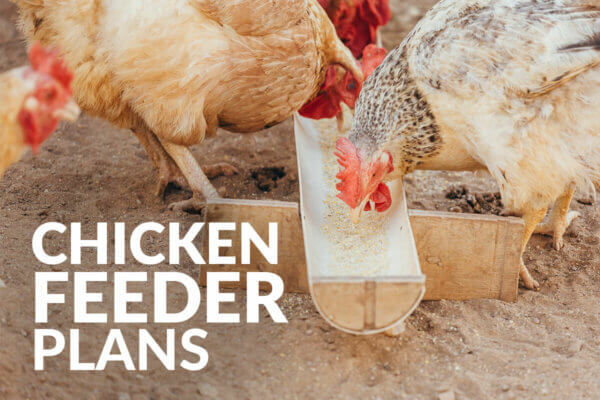
Here are a few chicken feeder design options:
Chicken Feeder Plans
- PVC Chicken Feeder Plans
- Trough Style Chicken Feeder Plans
- 5 Gallon Bucket Chicken Feeder Plans
- Treadle Chicken Feeder Plans
- Upcycled & Unique Chicken Feeder Plans
Aside from the design of the feeder itself, there are some other things to think about. Here are some things to keep in mind when buying or building a chicken feeder:
Fixed Ration Or Free Feeding?
One of the most important decisions that will affect your feeder and your daily routine is whether your chickens will get a fixed ration or be allowed to free feed. Fixed rationing means doing animal chores at least once a day, feeding the correct amount for the birds’ age.
Free feeding, also called full feeding, is exactly what it sounds like – feeding larger amounts so that the chickens always have food in front of them.
The first laying hens I ever had were in a shared house while I was in college. We weren’t coordinated enough to feed the chickens every day consistently, so we free fed them. With six chickens we were going through slightly more than 70 pounds of feed a month.
Full-grown laying hens only need to be eating about 45 pounds of feed a month (a quarter pound per day per chicken), so we were spending almost double the amount of money we could have been.
Feed companies always recommend free feeding, for obvious reasons. If you’re concerned about your hens’ welfare, reduce their feed intake gradually and watch their behavior. Symptoms of malnourishment include reduced egg laying, lethargy, and increased pecking and bullying behaviors.
Free feeding obviously takes less time and attention and is worthwhile if you have an unpredictable schedule. If you are raising poultry for meat, free feeding will mean faster growth and fattier animals.
However, free feeding laying hens, who live for much longer and don’t need to eat as much food, will lead to some very fat birds and will cost you a lot of extra money in feed. Also, an added benefit of daily rationing is that when you go out to feed your chickens every day it gives you an opportunity to look for sick or injured birds.
The design of the feeder lends itself to either free or rationed feeding. Self-feeders and hanging feeders are designed for free feeding, while trough feeders hold less grain and are designed for rationing. The cost of feeders usually corresponds to their size and can get pricey, but if they are kept clean and not left in the rain, they will last for a number of years.
Consider The Dimensions That Are Compatible With Your Coop
Of course, whatever feeder you buy has to fit in your coop or tractor. Consider the dimensions of your structure and whether there is a place to hang a hanging feeder. Most feeders are easy to move, but if you are rotating your chickens, consider how large or cumbersome a feeder you’re designing will be.
If there is not enough space around the feeder for all the birds at once, chickens will bully and starve one another. Chickens require about 4 inches of space for adult birds. Troughs typically have more space around them than circular feeders but hold less feed.
Look Out For Potential Perching Edges
One thing to be aware of in feeder design is that chickens will perch on any edges, and if they are roosting above their feed they will poop in it. This is a sanitary concern and creates an environment more likely to incubate and transmit diseases.
This can be a problem with several designs of a chicken feeder. A trough-style feeder on the ground will have a crossbar for structural stability that is a great roost. Most trough designs that you could buy at a feed store have a rotating mechanism where the top bar spins when a chicken lands on in to prevent roosting.
However, if you are building your own trough, keep in mind that any stable cross-beams may get perched on. The same problem can also occur with hanging feeders if they are suspended from a beam that the chickens like to roost on.
Feed At Beak Level Is Ideal
Like cats and dogs, chickens can eat off ground level their whole lives, but they will be most comfortable eating from a feeder that is lifted off the ground. Having the feeder at the height of the chicken’s beak is ideal for comfort and digestion.
The feeder has to be raised as they grow, and professional poultry growers suspend feeders in the air, with a winch to easily adjust the height. Some feeders designed to sit on the ground also have “legs” or adjustable stands that can raise the feeders slightly, although not sufficiently for optimum performance.
All these same considerations – dimension, contamination, and elevation – are also applicable to water dispensers. Of course, fresh water should be available all the time. In the winter if you are in a freezing climate, you can get electric water heaters to prevent drinking water freezing.
With these things in mind, you will be able to make the best decision for yourself, your birds, and your budget. You can always ask employees in farm stores for help or call your local extension agency for help.
PVC Chicken Feeder Plans
As with all PVC-related projects, we recommend salvaging the material from places like Craigslist and OfferUp or your local salvage store. Not only does it reduce your overall costs (especially if it’s free), but it reduces the number of fossil fuels being used to create new PVC.
PVC Chicken Feeders
A bit different than other feeders on this list, this PVC option is attached to the outside of the coop, with just the end piece coming through the bottom of the coop. Be sure to place the end at beak height, though!
No-Spill Chicken Feeder
Simply put, everyone hates walking out to the coop and seeing an expensive amount of feed spilled everywhere. The homesteader who created these plans was fed up with wasting feed and created this no-spill chicken feeder made of PVC.
Triple-Tiered PVC Pipe Chicken Feeder
The builders of this chicken feeder joke that it looks like a “plumbing nightmare.” That may be so, but it also looks like an efficient, effective feeder to us!
Raised Chicken Feeding Station
Why have a stand-alone feeder when you can have an entire station dedicated to dinner time? Perfect for adding to a chicken coop or tractor, this feeding station is raised off the ground to prevent food contamination with feces, and the feeder itself is a gravity design made of PVC.
Elevated PVC Chicken Feeder
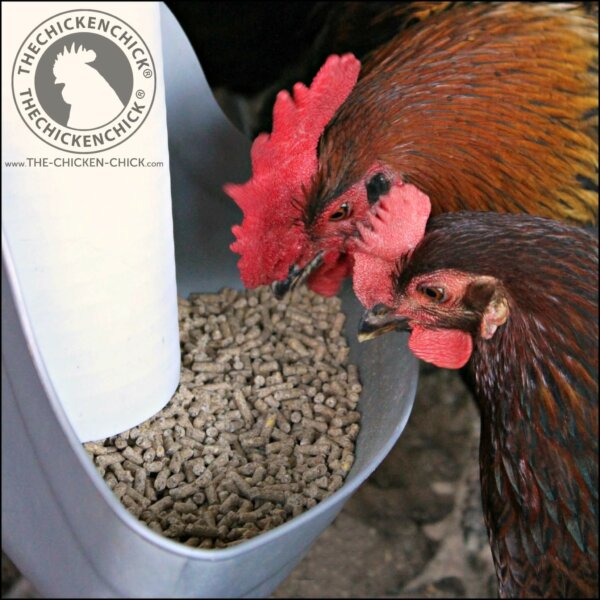
Twelve dollars and complete in 20 minutes, this PVC feeder is elevated off the ground to beak level and takes advantage of gravity to keep the feeder full for days.
PVC Gravity Chicken Feeder With Video Instruction
This PVC gravity feeder is perfect for the homesteader who wants to fill up the feeder and let it do its job for a while. The video instructions are helpful and ideal for visual learners.
Metered Chicken Feeder
The main difference between this PVC feeder and others is that it features a meter so you don’t have to try and figure out when to refill.
Dual Chicken Feeder
Having lots of chickens calls for one than one area to eat! This chicken feeder features two PVC pipes to allow your chickens to eat two at a time.
Under $10 Chicken Feeder
If you’re looking to build a convenient feeder on a budget, check out this option. Make sure to watch out for overeating in your chickens, though! If they aren’t monitored, gravity feeders can lead to chunky chickens.
Trough-Style Chicken Feeder Plans
Traditional Chicken Feeder
For a traditional option that is tried and true, check out this trough-style feeder that is ideal for a large flock.
Gutter Trough Chicken Feeder
Chicken trough feeders are definitely the most traditional, but the use of gutters isn’t! Elevating the gutters off the ground help to make feeding easier and prevent feces contamination.
Simple PVC Pipe Chicken Trough Feeder
For another chicken trough option, check out this PVC pipe trough feeder. This one is also a bit elevated to make life easier for you and your chickens.
5-Gallon Bucket Chicken Feeder Plans
$6 Gravity Powered Chicken Feederbackyar
Gravity feeders are some of the most popular options due to their convenience and simplicity. For just $6 you can build a simple, yet automatic feeder that will keep your chicks happy. As mentioned before, watch out for overfeeding. Set a schedule for feeding to make sure that you don’t let your flock take advantage of you!
Easy, Large Automatic Feeder
Not only is this option massive enough to hold three standard bags of chicken feed, but it takes advantage of PVC making this a gravity feeder.
Elevated PVC And 5-Gallon Chicken Feeder
Get the best of both worlds with this feeder: capacity and safety from rodent thieves. The 5-gallon bucket meets PVC pipe in this ingenious option.
Less Waste Chicken Feeder
Another combination of PVC and a 5-gallon bucket, this option has three separate pipes for the chickens to eat from and is cheap and easy to build.
Hanging Feeder
For those of you who are facing issues of other animals getting into your chicken’s food stash, check out this feeder. The chickens have to peck at the feeder in order to get food, so the food isn’t just sitting available for any hungry pest to steal.
Simple 5-Gallon Bucket Feeder
A classic DIY option, this feeder made out of a 5-gallon bucket is simple to build, yet effective. Watch out for overfeeding with this option!
Treadle Chicken Feeder Plans
Automatic Chicken Feeder With Pedal
Are your chickens all about independence? Then this automatic feeder is for them! Not only will it keep critters out by covering the feed when the chickens aren’t eating, but it allows chickens to come and go as they please.
Treadle Chicken Feeder
For a low-waste, pest-thief-proof feeder, check out this wood treadle feeder. The feed is only accesible when the chickens step on the pedal, and it keeps your feed covered and safe.
Treadle Chicken Feeder With Video Instruction
This treadle option features instructions that are very detailed and direct. Not only will you end up with an effective chicken feeder that deters pests, but the wood design is really eye-catching, too!
Upcycled and Unique Chicken Feeder Plans
No-Waste Feeder
Nothing is worse than spending a good chunk of the homestead budget on chicken feed just for your chickens to toss it all around! Save money and the headache of cleaning up spilled feed with this no-waste feeder. Constructed from a large container and PVC pipes, this feeder is as functional as it is easy to build.
Wood Chicken Feeder
For another gravity feeder option, check out this wood (perhaps upcyled) option that holds a decent amount of feed. The builder of these plans mentions that adding a plexiglass window does the trick for knowing when the feed is running low. Pretty clever, huh!
Upcycled Can Chicken Feeder
For an upcycled, very inexpensive, yet effective option, check out this feeder made from a large recycled can and a dollar-store serving tray and cake pan.
Metal Air Duct Chicken Feeder
Now this feeder is definitely made with some unconventional materials: a flower pot and an air duct. But that being said, it holds 75 pounds of feed and the air duct prevents moisture from entering the feeder, eliminating any mold issue.
Galvanized Steel Chicken Feeder
Also taking advantage of unconventional materials, this feeder is incredibly stable and is specifically designed to be low-waste.
Teacup Chicken Feeder
Perhaps not the most efficient, but certainly the cutest feeder on our list! The perfect feeder for a chicken or two that like to roam around in the garden!
Upcycled 2-Liter Chicken Feeder
Two-liter bottles are some of the best recyclable items for upcycling, and that’s no different with this feeder. Perfect for keeping feed at beak level and avoiding spills.


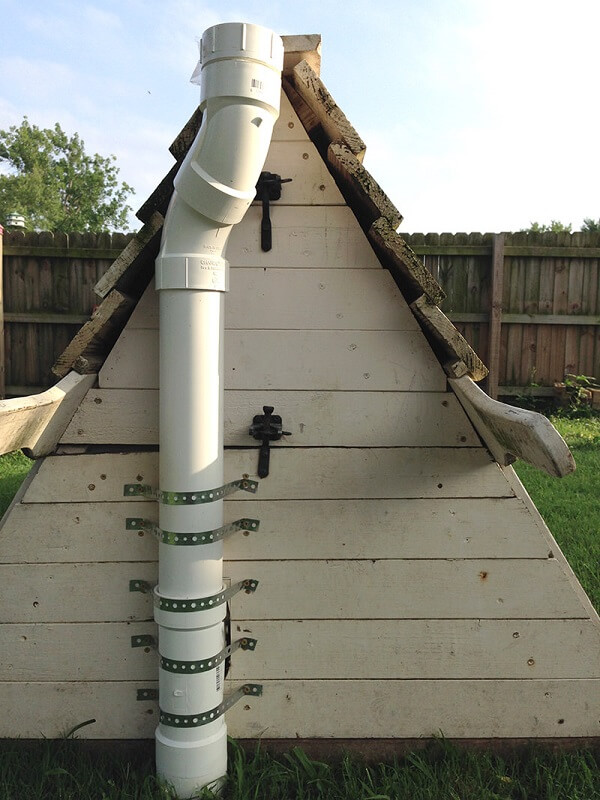
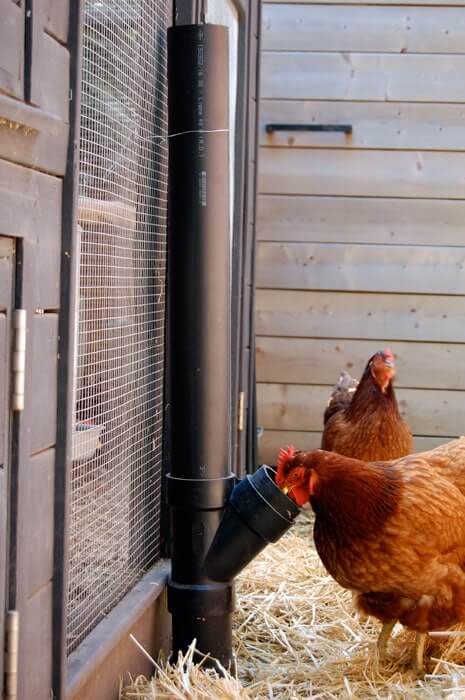
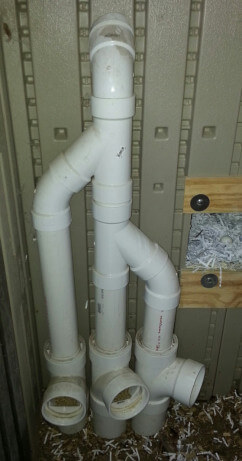
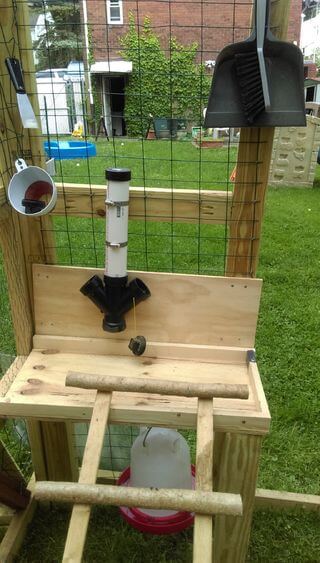
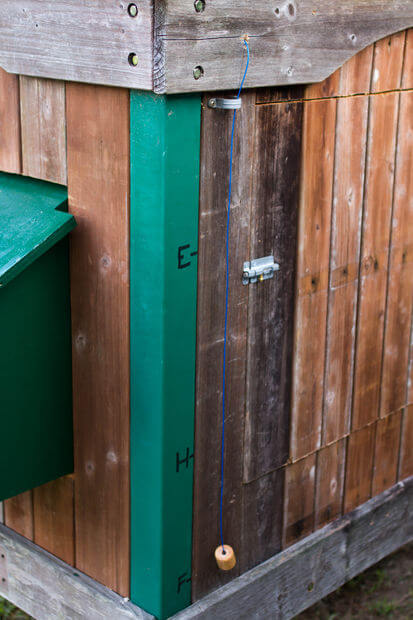
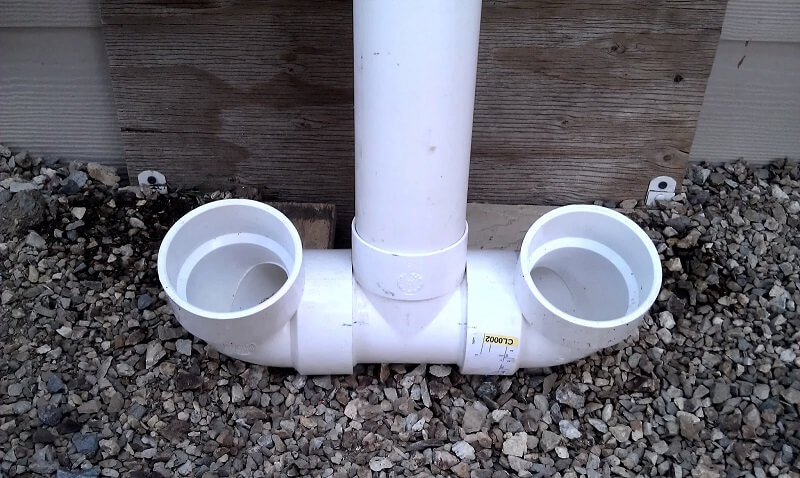
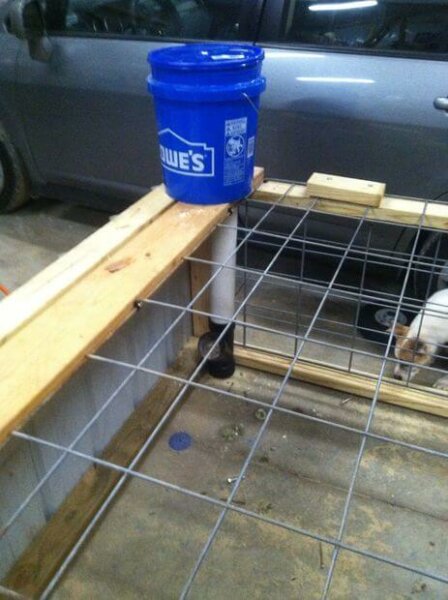
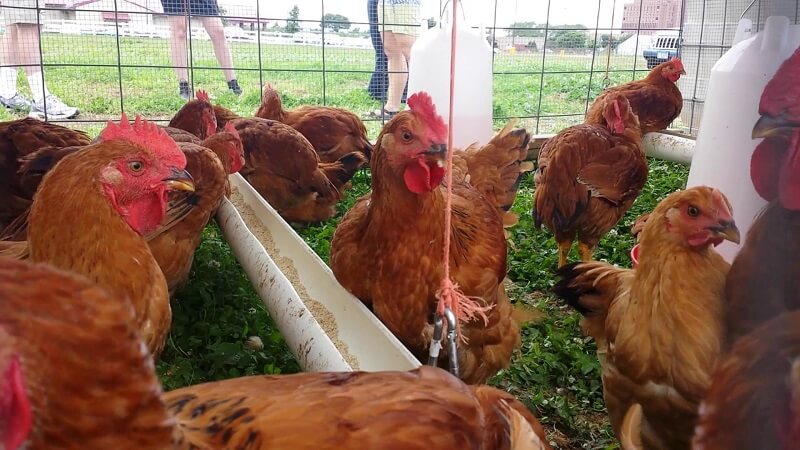
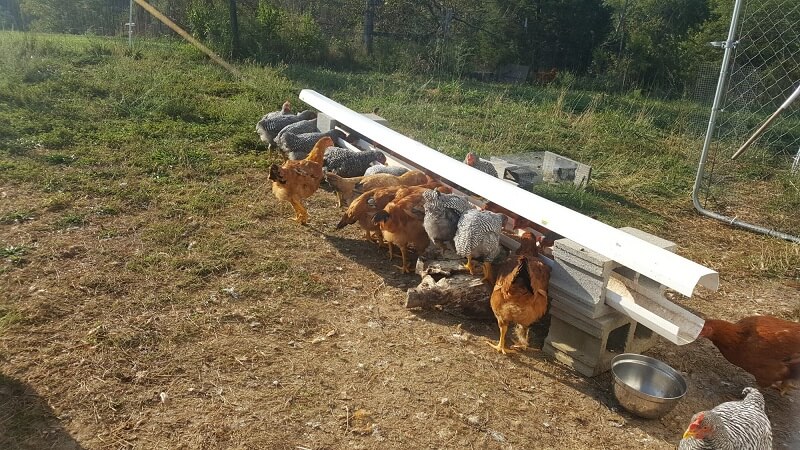
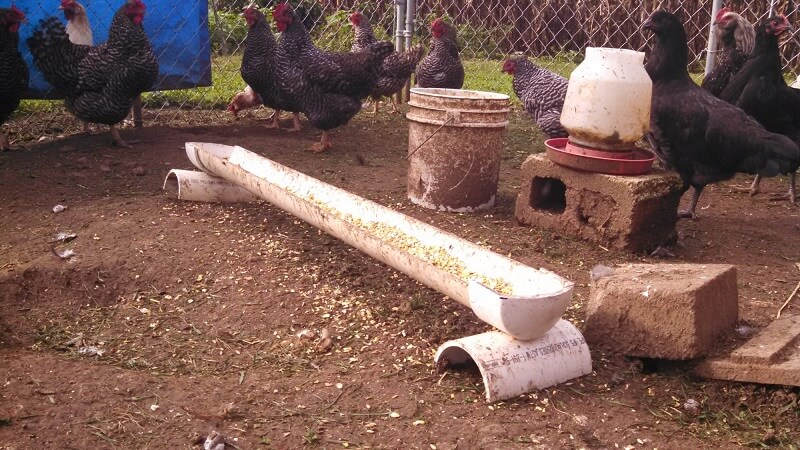
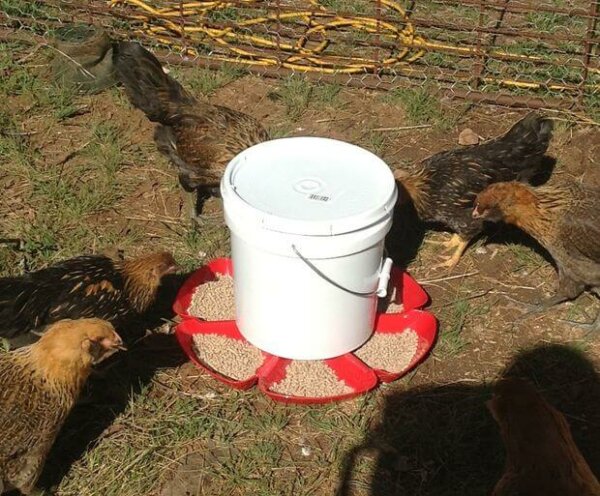
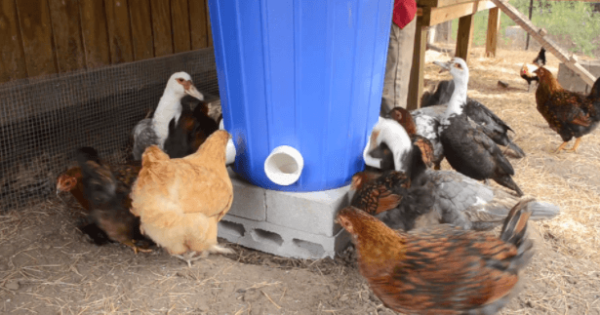
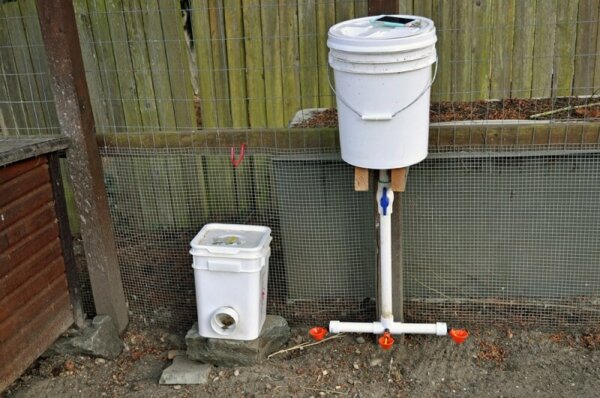
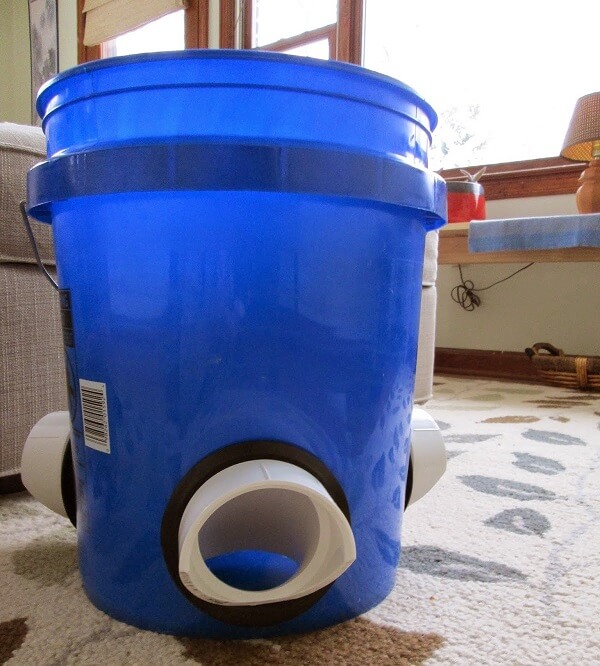
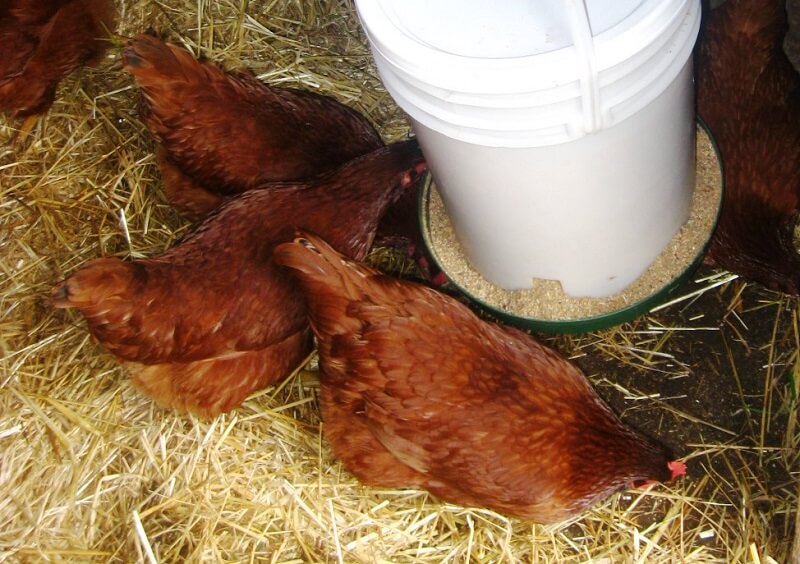
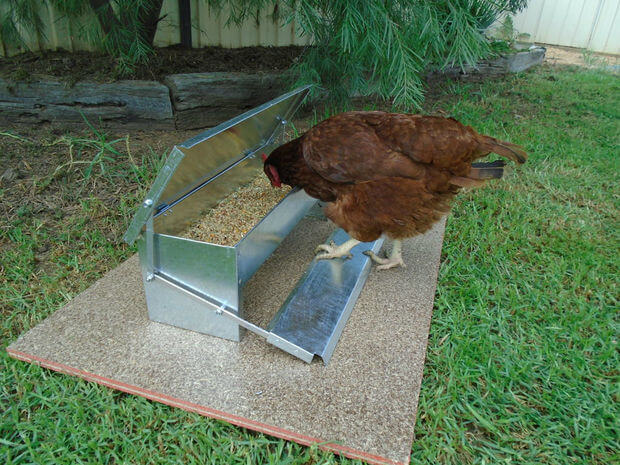
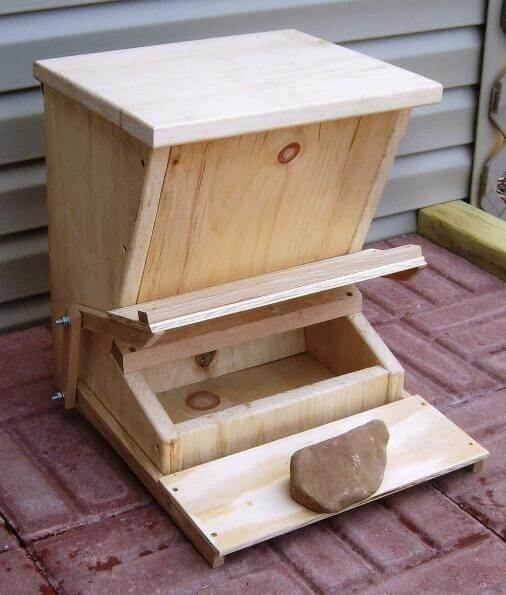
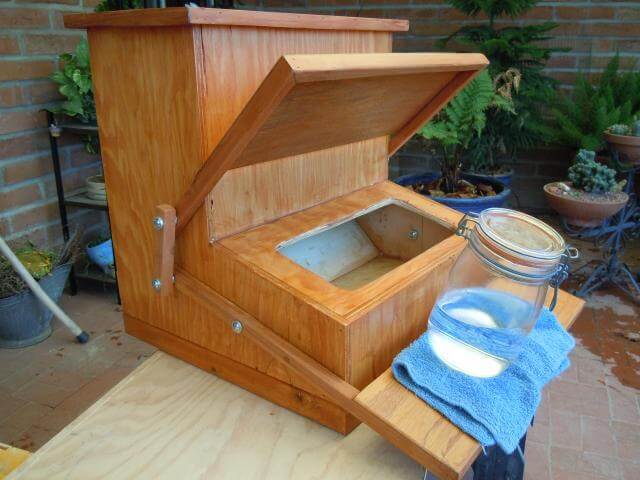
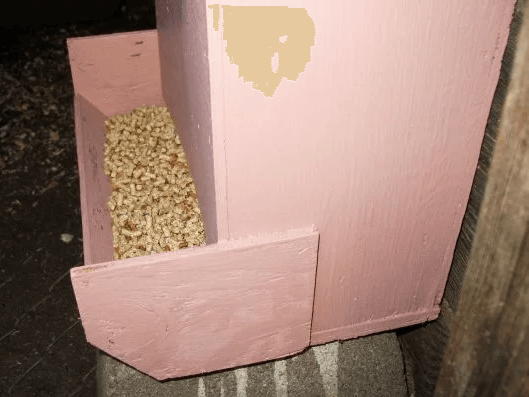
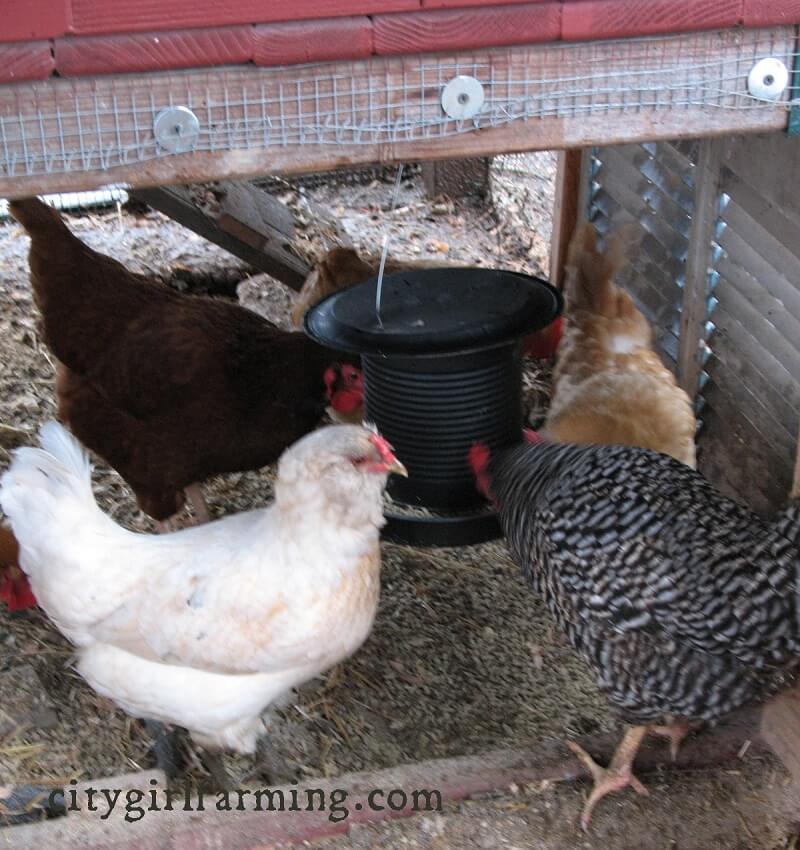
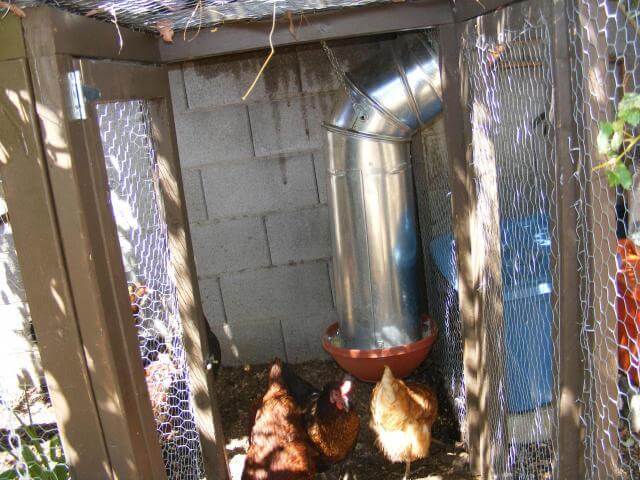
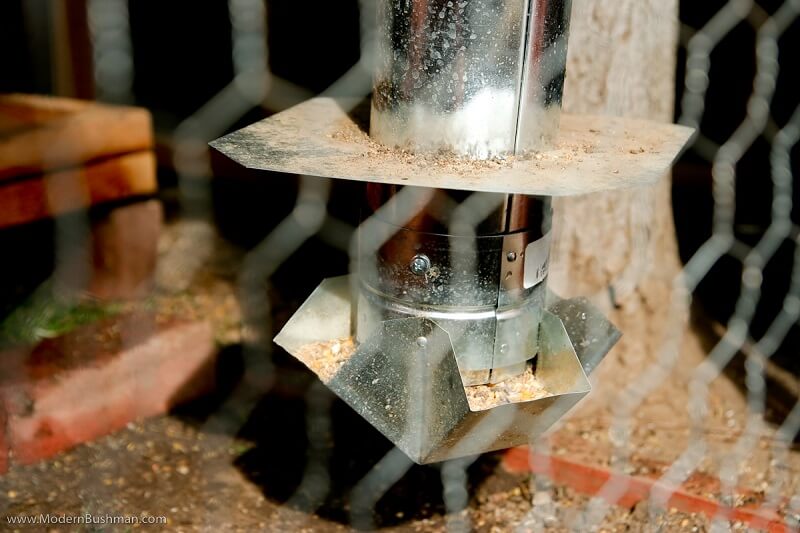
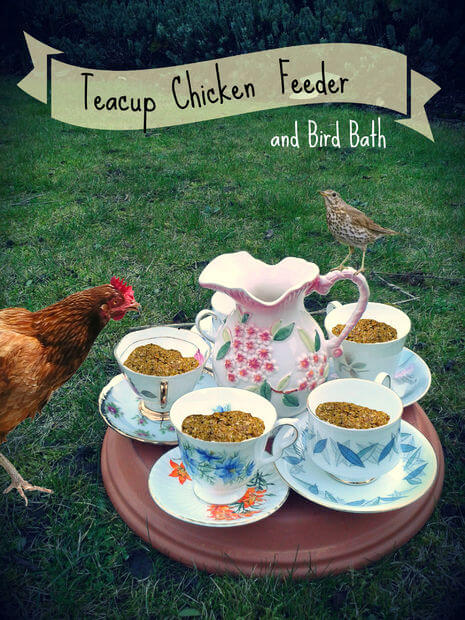


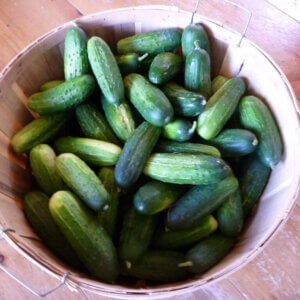











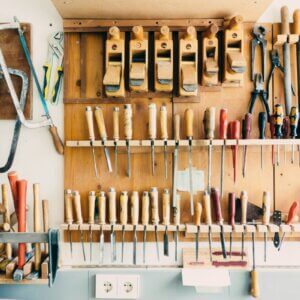
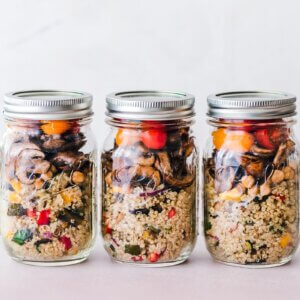



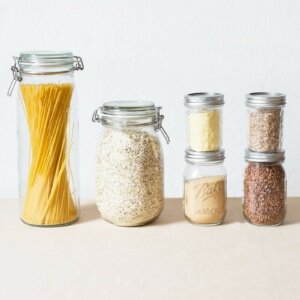












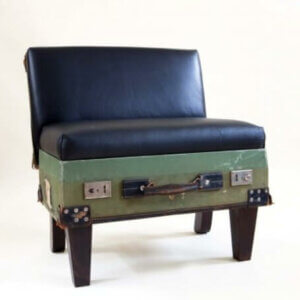






Leave a Reply